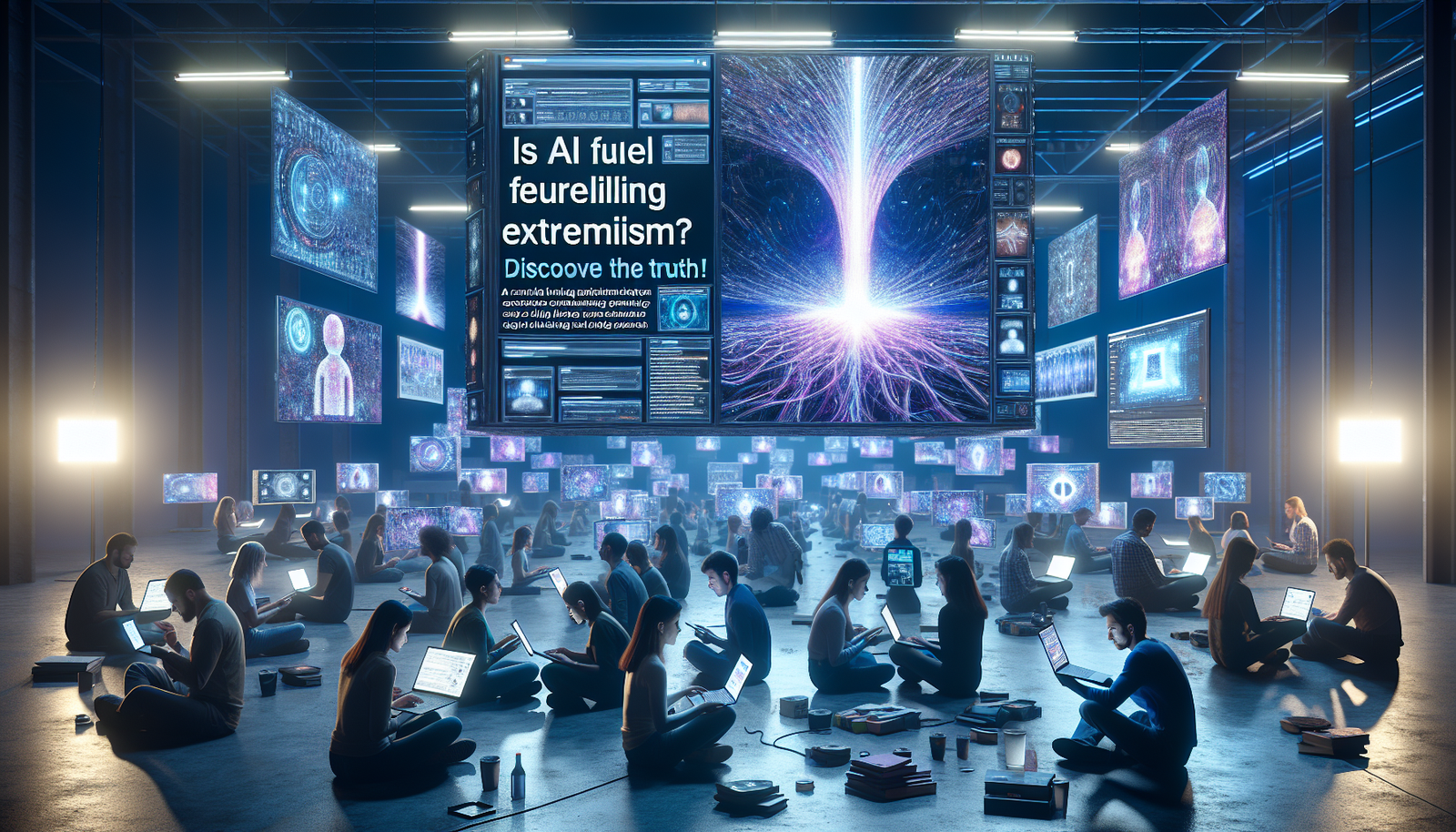The European far-right, through a clever manipulation of AI-generated content, asserts itself as a formidable actor of disinformation. Disturbing images and artificial speeches fuel a carefully orchestrated anti-immigration propaganda, exploiting the fears and emotions of citizens. The stakes of this digital strategy go beyond the mere study of political influences; they question the very future of our democracies and journalistic truth. In the face of this insidious rise, evaluating the impact of these tools becomes imperative to understand their reach in the electoral sphere. The European media landscape now traverses dark paths, where ethics and reality fade before powerful ideological interests.
The visual strategies of the far-right
Fake images designed to evoke fear of a “migration invasion” appear on social media, illustrating the rise of the far-right in Europe. This phenomenon amplified during the European parliamentary elections, where the use of AI tools allowed these parties to deploy sophisticated and impactful campaigns.
The virality of AI-generated content
A member of the Meta platform initiated an investigation into a German post containing an image generated by AI, showing a blonde woman and anti-immigrant slogans. This content aims to establish an alarming narrative around migration policies, inciting polarized debates within European society.
The common aesthetic of far-right campaigns
By analyzing the visuals shared by far-right groups, one can see the emergence of a uniform aesthetic. The presentation and packaging techniques of images disseminated on social media have led to a homogeneity of approach, both in Europe and across the British territory.
The abandoned ethical standards
Far-right parties largely neglect the use of watermarks or identifiers on images generated by AI, which demonstrates a lack of ethical concerns. Experts warn that this behavior illustrates a disregard for standards of truthfulness.
The example of European countries
Germany
The Alternative für Deutschland (AfD) party has widely used AI image generators to promote its anti-immigration agenda. Campaign advertisements feature stereotypical clichés opposed to the reality of immigrants, thus creating racist exaggerations on social media.
United Kingdom
In the United Kingdom, incidents of violence have been exploited by the far-right to spread Islamophobic content. A famous tweet links fear-inducing AI images with the narrative of the attacker’s identity, triggering a wave of protests.
France
In France, the use of AI images has infiltrated the strategies of political parties such as the Rassemblement National. The slogan “Europe without them” illustrates a synthesis of visual attacks against Emmanuel Macron and the European Union through fictitious representations.
Ireland
Despite the absence of an established far-right party, emerging movements in Ireland leverage AI-generated imagery to support their activities. Broadcast channels on social media amplify anti-immigration protests and fear narratives.
Italy
In Italy, hostile visual campaigns have taken the form of AI-generated images promoting prejudices, such as a video depicting a fictitious scene of immigrants and references to a conspiracy theory about insect food. These methods aim to normalize hate speech in the political landscape.
The cost and risks of disinformation
The spread of AI-generated content accompanies disinformation that undermines the foundations of democracy. The challenge is all the more concerning as traditional parties hesitate to exploit these tools, worried about ethical and reputational implications.
An uncertain future
The repercussions of these strategies on the electorate are difficult to quantify. The question of how much AI-based content can truly influence public opinions and electoral behaviors remains open. The state and regulations will need to adapt to tackle this new form of political combat.
Frequently asked questions
How does the far-right use artificial intelligence to create disinformation?
The far-right uses artificial intelligence (AI) to generate images, videos, and text content that convey messages of fear and hate, often related to immigration themes. This content is designed to manipulate public opinion by defaming leaders and fueling negative stereotypes.
What types of AI-generated content are used by the far-right in Europe?
The content varies, ranging from photorealistic images of migrants associated with anti-immigration slogans to truncated news videos. Islamophobic memes and caricatures are also frequently circulated on social media.
What is the impact of AI content campaigns on citizens and public opinion?
These campaigns aim to influence public opinion by instilling fear of migrants and destabilizing political institutions. This can exacerbate social tensions and reinforce ethno-racial prejudices within societies.
What specific techniques are used to make this content more effective?
The far-right employs techniques such as personalizing messages, using shocking and emotionally charged visuals, and spreading false narratives through bot networks on social media.
How do far-right parties justify the use of AI in their political strategy?
They generally argue that technology enables them to better reach and mobilize their electoral bases by tailoring messages to specific groups while making content more accessible and shareable.
Why is artificial intelligence favored by far-right parties over traditional methods?
Because AI allows for rapid and large-scale content production with reduced costs and effort. It also facilitates anonymity and evasion of accountability for problematic generated messages.
What concrete examples of AI-generated images or videos have been used by far-right parties?
Examples include images of political leaders superimposed over scenes of migrants arriving on European shores or manipulated videos that distort the words of public figures to portray them as advocates of permissive immigration policies.
What is the response of social media platforms to this use of AI?
Platforms are beginning to intensify content moderation and open investigations into AI-generated content, but actions often remain insufficient to stop the spread of false information.
What role do experts and NGOs play in combating AI-generated disinformation?
Experts and NGOs, such as AI Forensics, analyze and document the use of AI by far-right parties, thus providing reports and tools to help understand and combat these disinformation threats.
How can citizens protect themselves against AI-generated disinformation?
Citizens should develop their critical thinking, verify the sources of information, be wary of content that elicits strong emotions, and turn to fact-checkers when encountering dubious information.






